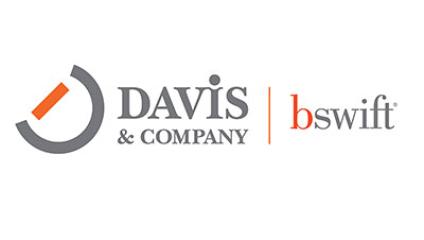
Your company has decided to introduce "competencies" that define the knowledge, behavior and skills employees need to be successful for a job or level. So far, so good...except that terms used to describe competencies are often so commonplace they're meaningless.
Take, for example, "teamwork." Or "innovation." Or "focus on growth." These terms don't provide guidance on what employees should do differently.
How can you make competencies more concrete? Here's what to do:
Define. Create a brief statement using plain language that helps explain what the term means. For instance, for the competency "teamwork," define it this way:
"Collaborate with others to explore issues, solve problems and create ideas."
Give examples. Definitions are a good start, but tangible examples will make the terms more meaningful. For instance, for the competency "focus on growth," you might share an example like this: "Every quarter, schedule a meeting with each client to understand their challenges."
Help managers interpret. Where will competencies really become real for employees? When their manager talks about what competencies mean for "them." A PowerPoint toolkit is not enough to get managers ready for these conversations. To support managers, schedule sessions where they can learn about competencies, ask questions and work through the scenarios.
Highlight successes. Bring competencies to life by featuring employees who exemplify a particular behavior. Create a poster about "Joe," who used teamwork to solve a big problem. Or post a short video interview with "Sara," who is happy to share her advice on how she stays in touch with key customers. Ask the CEO to recognize "Judith" at his next town hall meeting and invite her to say a few words about her approach to innovation. (Here's a secret: Peer successes are more persuasive than senior leader messages.)




